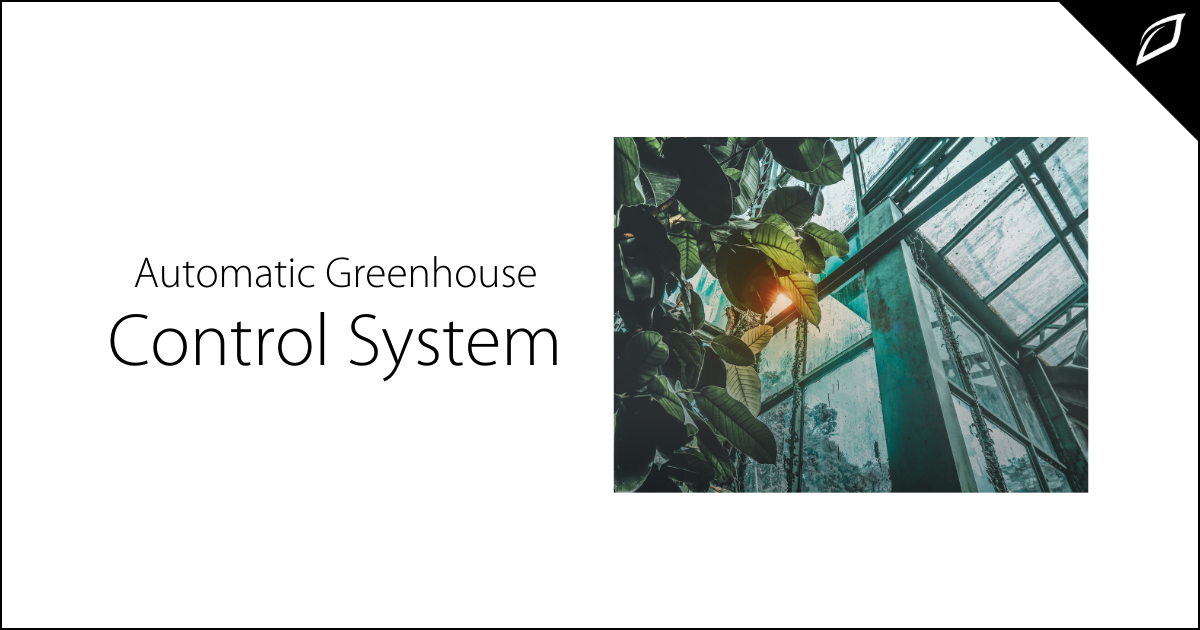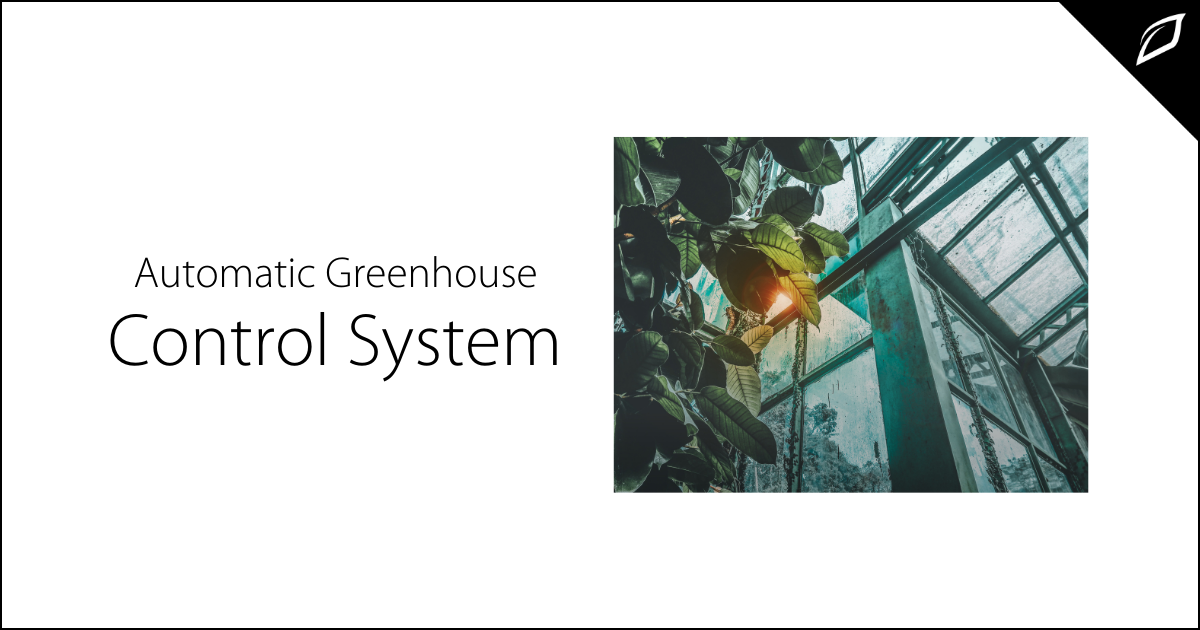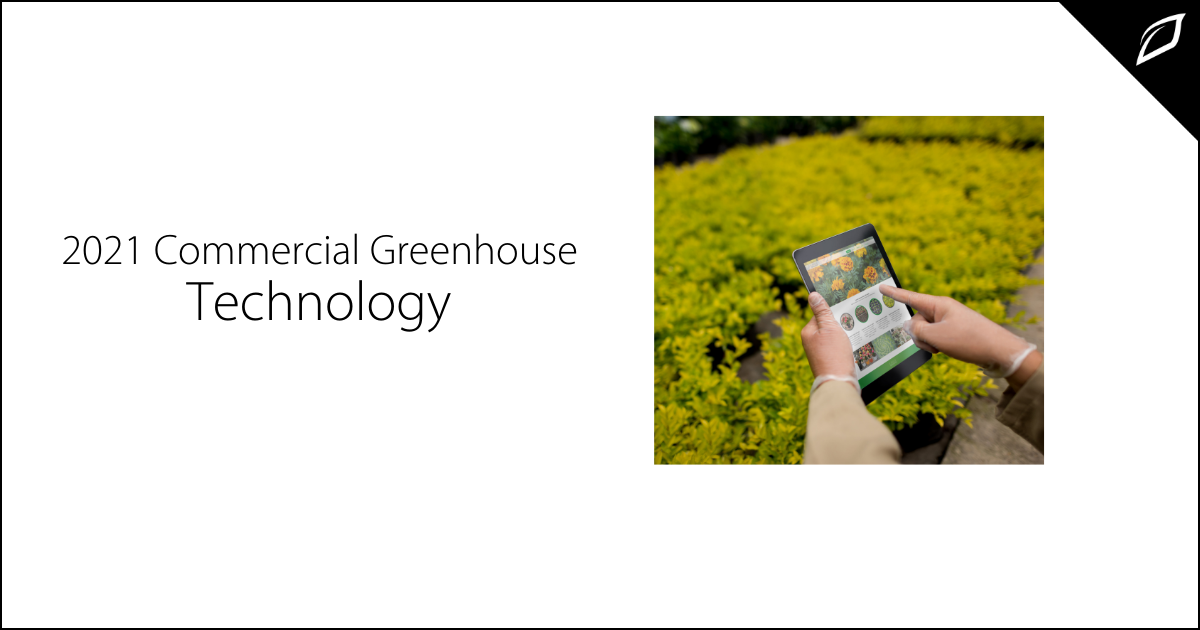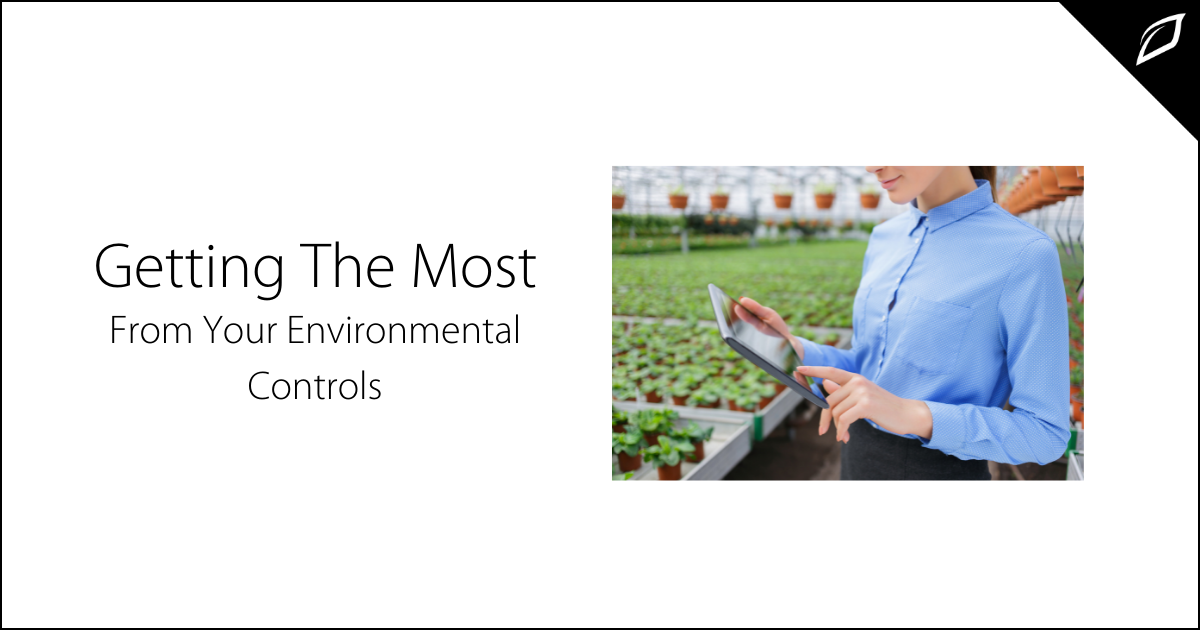2021 Greenhouse Technology
In a world where technology moves at an unprecedented pace, commercial growers require productivity and predictability in their greenhouse...
2 min read
Joy King : Mar 3, 2021 4:00:00 AM

The modern greenhouse maintains a growing environment that is about more than just the air temperature, combining multiple factors that impact plant growth like heat, humidity, light levels, and ventilation. Keeping environmental factors at optimum levels is simplified through the use of automation. Let's take a deeper dive into how it works and why you should consider an upgrade.
What are automatic greenhouse control systems?
Automated greenhouse control systems are exactly what they sound like, equipment to make labor-intensive tasks automated. From simple things like opening and closing vents or shades to complex things like injecting precise measurements of nutrients into an irrigation line, control systems work on a simple principle-monitor the environment, create rules based on data received and then trigger automation. For example, if the air temperature goes above 80 degrees, trigger the controller to open vents. If the temperature goes below 75 degrees, close the vents—an incredibly simplistic look at a complex formula. Let's examine the different ways that an automatic greenhouse control system can increase your green profits.
Why are automatic greenhouse control systems important?
In order to thrive, plants require ideal conditions. Maintaining optimal conditions takes strategy and knowledge. Factoring in differing conditions will provide an opportunity to increase plant health and encourage more robust yields.
By monitoring each of these conditions and automating tasks individually, you stand a better chance of providing precisely the right combination for you and your plants to succeed.
You're The Boss
While our descriptions above provide a simplistic overview of automatic greenhouse control systems, these are complicated processes that require expertise. Here's a more detailed look at the different ways automation works harder for you than you think.
Sensors - High-quality sensors monitor everything from air temp to EC in the irrigation line. Each monitor captures critical information, obtaining massive amounts of data. Use this data to steer growth, increase yields, prevent disease, and reduce energy usage. Create rules that trigger automation that becomes easy to replicate at different stages of growth.
Controllers - Industrial IoT controllers are designed to upgrade your farm to smart farm status. Connected to the internet, most have high-quality components combined with robust processing power to coordinate hundreds of connected devices throughout your greenhouse, making automation simple to execute.
Software platform - The brains of your greenhouse automation system, intelligent software platforms connect virtually all of the technology in your greenhouse. It controls nearly every device and system, giving you and your team an easy-to-use way to automate, create reports, and see real-time data, typically from your smartphone.
Final thoughts.
Research companies and make sure that you can source your automatic greenhouse controls from a reputable company that offers customer support. These are complex systems to install, and working with a team who can assist during installation is critical to your greenhouse's success.


In a world where technology moves at an unprecedented pace, commercial growers require productivity and predictability in their greenhouse...

Controlling environmental factors in a commercial greenhouse or indoor grow is necessary for growing high-quality crops. An automated system eases...

With so many conditions to measure in a climate-controlled greenhouse or indoor grow, it can become overwhelming. Each condition has a potential...